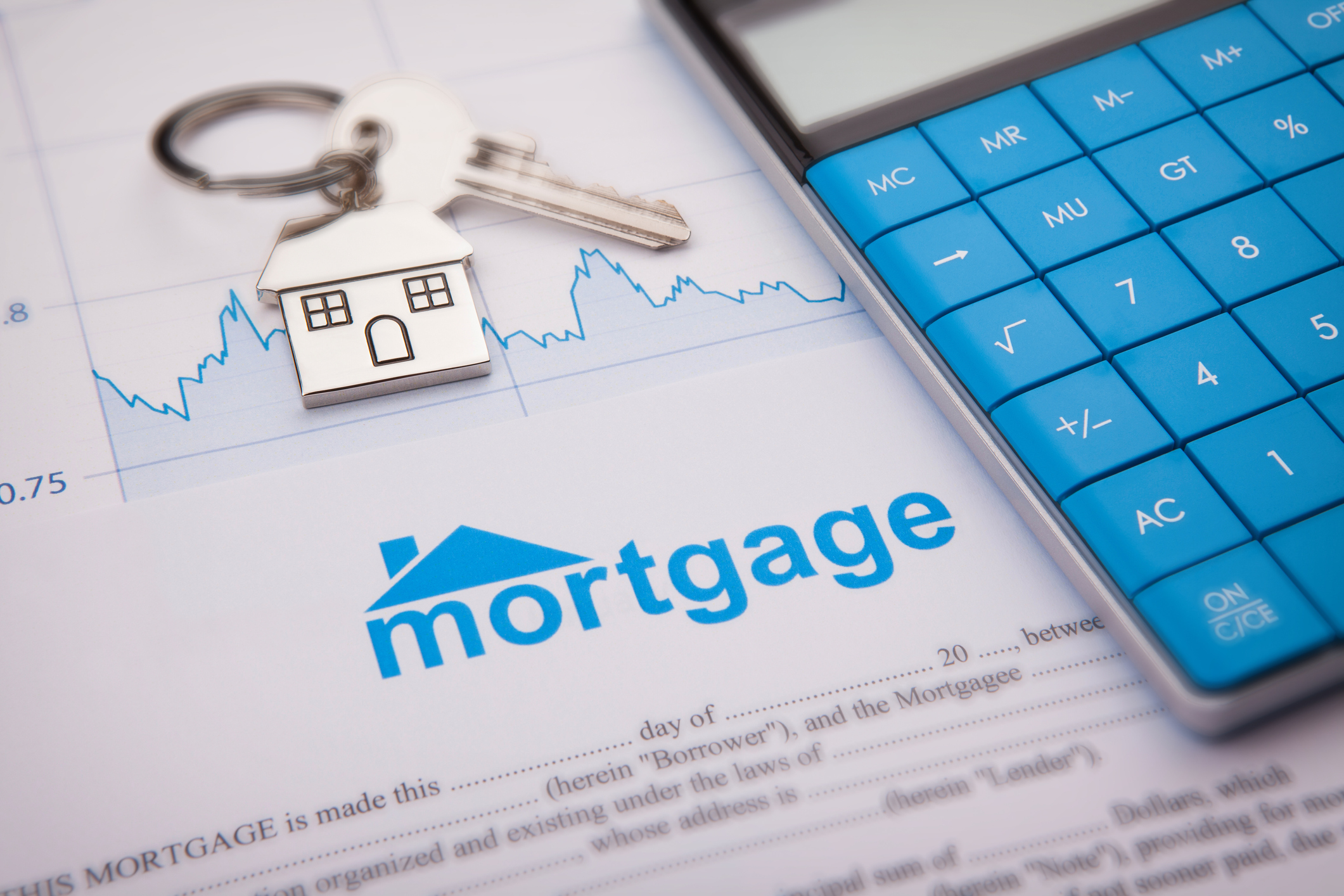The Vital Factors to Consider When Choosing Between Fixed-Rate and Variable-rate Mortgage Loans
When assessing home loan alternatives, debtors deal with a crucial choice in between adjustable-rate and fixed-rate lendings, each providing distinctive advantages and possible pitfalls. Trick considerations such as rate of interest rate stability, predictability in monthly settlements, and the implications of prospective rate changes can substantially impact long-term economic health and wellness.
Rate Of Interest Stability
When picking a mortgage, comprehending interest rate security is essential for informed decision-making. Passion prices can considerably affect the overall cost of a home mortgage, and recognizing the nature of these rates is crucial for consumers.
On the various other hand, variable-rate mortgages (ARMs) start with reduced initial rates that may change occasionally based upon market problems. While this can cause reduced settlements initially, it also presents unpredictability, as debtors may face enhanced settlements if rate of interest rise. For those thinking about an ARM, it is vital to examine the probability of price adjustments, the potential for settlement increases, and the size of the first fixed-rate duration.
Ultimately, the choice in between adjustable-rate and fixed-rate home mortgages rests on private threat resistance and financial circumstances. Recognizing interest price stability assists borrowers make educated decisions that straighten with their long-lasting financial goals.
Month-to-month Repayment Predictability
While borrowers typically prioritize rate of interest security, the predictability of monthly repayments is equally important in the mortgage option procedure (Conventional mortgage loans). Month-to-month settlement predictability plays a crucial role in budgeting and economic planning, as it directly influences a home owner's capital and general monetary health
Fixed-rate home loans offer a consistent regular monthly repayment throughout the life of the financing, allowing debtors to expect and plan their costs efficiently. This security can be especially beneficial for novice property buyers or those on a set income, as it eliminates the uncertainty connected with rising and fall settlements.
Alternatively, adjustable-rate home loans (ARMs) usually include reduced preliminary repayments that can transform over time, leading to possible irregularity in regular monthly responsibilities. While originally attractive, this unpredictability can make complex financial preparation, particularly if consumers do not represent future price adjustments.
Possible Rate Adjustments
In the world of variable-rate mortgages (ARMs), prospective price changes stand for a substantial element that borrowers need to thoroughly take into consideration. Unlike fixed-rate mortgages, where the rates of interest remains the same for the life of the car loan, ARMs are identified by varying interest rates that are linked to market indices. This irregularity can lead to significant changes in monthly settlements, impacting the borrower's financial planning and budgeting.
Generally, ARMs have a first fixed-rate period during which the rate of interest rate is steady. Hereafter period, nonetheless, the rate changes at predetermined periods-- commonly each year. Customers need to understand the margin and index utilized to compute these changes, as they straight influence future rates of interest. Furthermore, ARMs commonly include caps that limit exactly how much the rate of interest price can boost at each modification and over the life of the funding, which can supply some level of protection against radical rate visit this site right here walkings.
Understanding these possible modifications is vital for consumers, as they directly influence long-lasting repayment responsibilities. Assessing personal monetary scenarios and run the risk of tolerance is necessary when choosing whether an ARM straightens with one's monetary goals.
Finance Term Factors To Consider
Financing term factors to consider play a critical duty in the decision-making process for borrowers selecting in between adjustable-rate and fixed-rate home loans. The length of the loan term substantially affects month-to-month settlements, rate of interest rates, and general monetary preparation.

Eventually, consumers must analyze their personal scenarios, economic goals, and market problems when weighing the ramifications of financing term options within each home loan type.

Overall Expense of Borrowing
Fixed-rate home loans supply foreseeable monthly repayments, as the rate of interest rate remains constant throughout the loan term. This predictability can lead to lower general prices, particularly in a stable or declining passion price atmosphere.
Conversely, adjustable-rate home loans (ARMs) commonly begin with lower initial prices, resulting in minimized in advance costs. However, these rates can enhance after a first period, resulting in possibly higher long-term expenses. Customers must think about the regularity and level of price modifications, as well as the general funding period, to properly assess the monetary implications.
In addition, the total cost of borrowing includes not only rate of interest yet also costs and other associated expenses, such as shutting expenses and insurance policy (Conventional click for source mortgage loans). As a result, when evaluating home mortgage choices, debtors should conduct a comprehensive cost evaluation over the life of the loan. By doing so, they can make an educated choice that aligns with their economic goals and run the risk of resistance
Conclusion
Passion rate security and monthly settlement predictability are paramount for effective budgeting, while the possibility for price adjustments in ARMs presents economic unpredictability. In addition, the expected duration of homeownership and the overall price of borrowing, including rate of interest prices and connected fees, need to align with individual financial circumstances and run the risk of resistance.
Trick factors to consider such as interest rate stability, predictability in monthly payments, and the implications of possible rate changes can substantially affect long-term economic health. Rate of interest prices can substantially influence the total expense of a home mortgage, and recognizing the nature of these rates is important for borrowers. visit this page Unlike fixed-rate home loans, where the passion rate stays unchanged for the life of the financing, ARMs are defined by fluctuating rate of interest rates that are tied to market indices. Furthermore, ARMs frequently include caps that limit how a lot the interest rate can raise at each modification and over the life of the car loan, which can give some degree of security versus drastic price hikes.
Passion rate security and month-to-month repayment predictability are vital for reliable budgeting, while the potential for rate changes in ARMs introduces economic unpredictability.